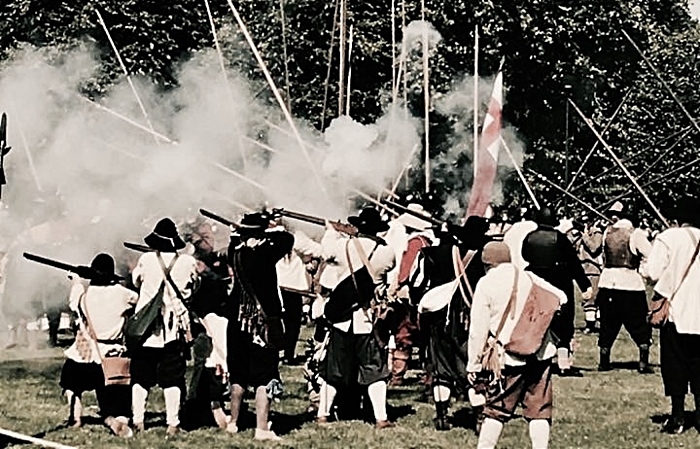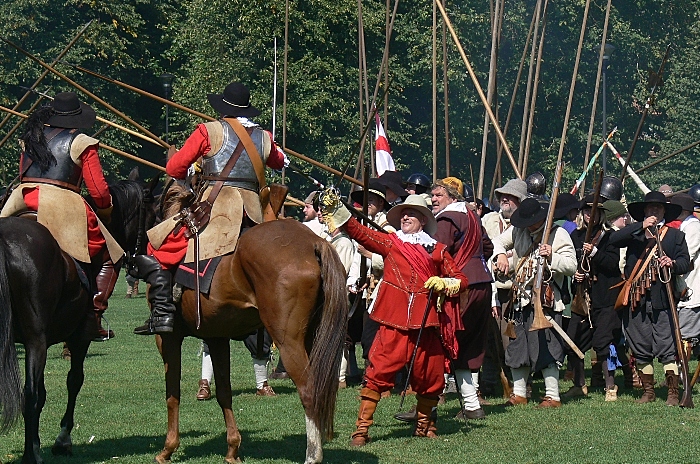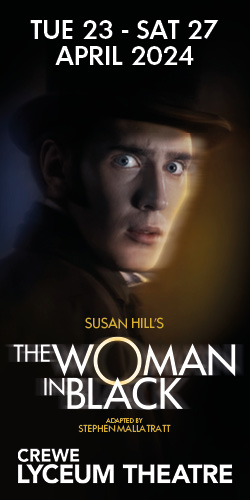
As the annual “Holly Holy Day” celebration nears, historical writer Mark Turnbull retells the little known story of a regiment of women who helped save the town just days before the 1644 Battle of Nantwich.
In 1644, the British Civil War was ravaging the realm.
The royalists supporting King Charles I were in the ascent in Cheshire, with Nantwich being the last bastion holding out for Parliament.
On 18th January the town faced becoming the next victim of Baron John Byron of Rochdale, a brutal commander whose heart was as cold as that January’s snowfall.
Eight days into Byron’s siege of Nantwich and his patience had run out – not that he had much to begin with.
Byron’s reputation was forged when only three weeks earlier, on 26th December 1643, he’d massacred a group of Parliamentarians who had taken refuge in Barthomley Church and the Puritan preacher with them.
Dipping his quill into this bloodbath, he admitted to the atrocity in a scandalous letter to the Earl of Newcastle, which was captured:
“I put them all to the sword, which I find to be the best way to proceed with these kinds of people for mercy to them is cruel.”
This was Byron, the man demanding that the Nantwich garrison throw themselves upon his mercy and surrender.
A man who was already eyeing up Lancashire as his next target.
Unlike his poetic descendants, there was no pleasantry to his written word.
He told the garrison that he was, “now resolved to batter, burn, stone and destroy you.”
The desperate defenders of Nantwich, under the command of Sir George Booth, were galvanised by the foe before them.
Far rather die beating Byron’s men off, than risk being put to the sword.
When the Royalists rushed at the town walls with siege ladders, the garrison fended them off time and again for nearly two hours.
In his 1818 History and Antiquities of Nantwich, John Weld Platt told of a regiment of women raised by the garrison to help defend the town.
It was led by a lady named Brett, who supposedly poured boiling brine onto the heads of the attackers who were attempting to scale her patch of the walls.
The bullets and brine had the desired effect and the Royalists eventually fell back in disorder.
At 10 o’clock, Byron launched a tremendous cannonade and sent his troops in for a second attempt, yelling the code word of the day, “God and a Good Cause.”
This time some Royalists broke into the west of the town but were soon pushed back out of the breach.

By now, Byron’s spent men retreated, leaving behind their siege ladders as well as many a corpse, including that of an Irishman called Captain Thomas Sandford.
It was Sandford who had managed to spectacularly capture the nearby cliffside fortress of Beeston Castle the previous month, by scaling the face with a handful of men.
Estimates of Royalist casualties in Byron’s failed attack on Nantwich range from 100-400, which is astonishing considering that Prince Rupert lost 500 men in the successful capture of Bristol, England’s second city.
The siege continued, but time was not on the side of Byron, who was running out of supplies.
Sir Thomas Fairfax and his Parliamentarian army was on its way and after doing battle with Byron, relieved the town on 25th January.
It is this battle, on Holly Holy Day, which is faithfully re-enacted every year by The Sealed Knot.
*As part of the 2020 commemorative weekend, Mark Turnbull will be signing copies of his civil war novel, Allegiance of Blood, in The Nantwich Bookshop and Nantwich Museum on 24th and 25th January 2020. For more information you can visit his website at www.allegianceofblood.com



















Recent Comments